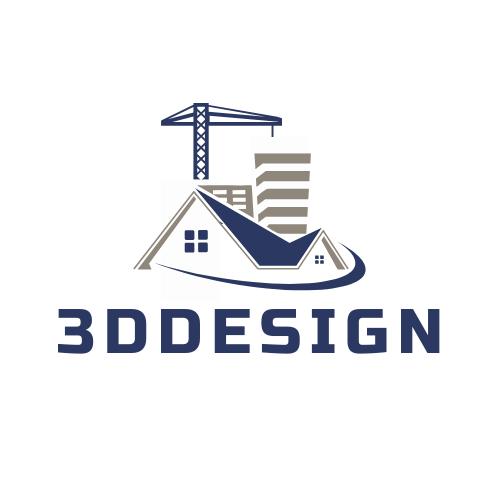All property marketing begins with a photo — and that image needs to impress.
Enter virtual staging software.
Instead of hauling couches, agents can now CGI-stage empty rooms using advanced software.
What Is Virtual Staging Software?
Digital room staging is the application of design tools to transform photos of unfurnished properties.|It’s a way to show buyers visualize living in a home without moving a single object.}
Here’s how it works:
- Provide a room image
- Pick a style
- Add furniture digitally
- Export and publish
Tools including RoOomy offer self-service tools with realistic textures. Some provide full-service editors, while others let you manually arrange each detail.
Why It Works in 2024
The first showing is online.
Virtual staging allows listings to:
- Look professionally designed
- Create emotional pull
- Move quicker
- Reduce marketing expenses
In slower markets, properties with plain shots don’t cut it. Staged ones? They sell themselves.
Features to Look For in Virtual Staging Tools
When choosing virtual staging software, consider:
- Furniture libraries: Boho to minimalist — more choices mean better results.
- High-res output: No one wants cartoonish furniture.
- Simple workflow: You shouldn’t need a PhD in Photoshop.
- Value for money: Look for DIY bundles that fit your needs.
- 3D rendering features: Some tools even allow wall color changes.
Who Uses Virtual Staging?
Rental owners use it for:
- MLS listings
- Teasers for social media
- Rental property showcases
- Investor pitches
Pros and Cons
✅ Pros:
- Lower-cost alternative to physical staging
- Fast turnaround
- Better first impressions
- No storing furniture
❌ Cons:
- Not physically present
- Must label as virtual
- Cheap tools can look fake
Disclosure Rules & MLS Guidelines
Transparency is mandatory. MLS boards and associations often require:
- Watermarks like “Virtually Staged”
- Text disclosure in photo captions
- Clear communication with buyers that furniture is not included
Never try to mislead — it could hurt your sale or reputation.
Future of Virtual Staging
The tech is evolving fast. Expect:
- One-click room styling
- Interactive tours
- View staging through your phone
The future? Staging a room with just your voice or a tap.
Top 5 Virtual Staging Software Picks
| Software Best For Price | ||
| BoxBrownie | Photo realism | $24/image |
| VisualStager | DIY, drag-and-drop | $15/photo |
| ApplyDesign | Quick auto-staging | $7–$29/photo |
| RoOomy | VR/AR staging | Contact sales |
| Stuccco | Custom pro staging | $29+/image |
Pro Tips for Realistic Results
- Avoid dark or grainy pics
- Shoot at eye level
- Don’t overcrowd the room
- Appeal to imagination
- Stick to one theme per home
Closing Thoughts
Virtual staging has changed the real estate game.
If you’re selling a home in 2024, virtual staging is your edge.
Modern buyers want visuals — so give them something beautiful.
Source: Hashnode.Dev (Great Virtual Staging Software)
Many firms have adopted AI with great success.
{For instance, A top property firm from Dubai implemented AI for dynamic pricing and saw a 30% faster closing rate.
One company adopted AI for targeted marketing, cutting advertising costs by half.
These examples demonstrate that when properly implemented, AI not only boosts performance but also offers a strategic advantage.
## The Future of AI in Real Estate
As technology continues to evolve, so will the role of AI in real estate.
Future developments include more refined predictive models and fully automated sales processes.
One emerging trend is combining AI with VR/AR, which transforms the viewing experience into an immersive journey.
This synergy offers a promising avenue for secure digital sales.
Moreover, as AI becomes more sophisticated, real estate firms will likely integrate these tools into their daily operations.
For real estate professionals, the future holds tremendous promise.
## Summing Up the AI Impact
Artificial intelligence is redefining the real estate selling industry — it is revolutionizing it from the ground up.
Agents, sellers, and investors integrating these technologies stand to benefit enormously.
Although there are concerns and initial challenges, the advantages are compelling and inevitable.
Ultimately, AI is the driving force that will shape the next generation of real estate transactions.
The message is clear: adapt or get left behind.
As AI continues to mature, its influence on real estate selling is set to expand exponentially.
If you’re in real estate, consider this your prompt to leverage AI and shape your destiny.
{In conclusion, AI software is a fundamental shift — it is the core of the future of real estate selling. Adapting to AI today will ensure you lead the market tomorrow.
The revolution is here — and it’s powered by AI.


